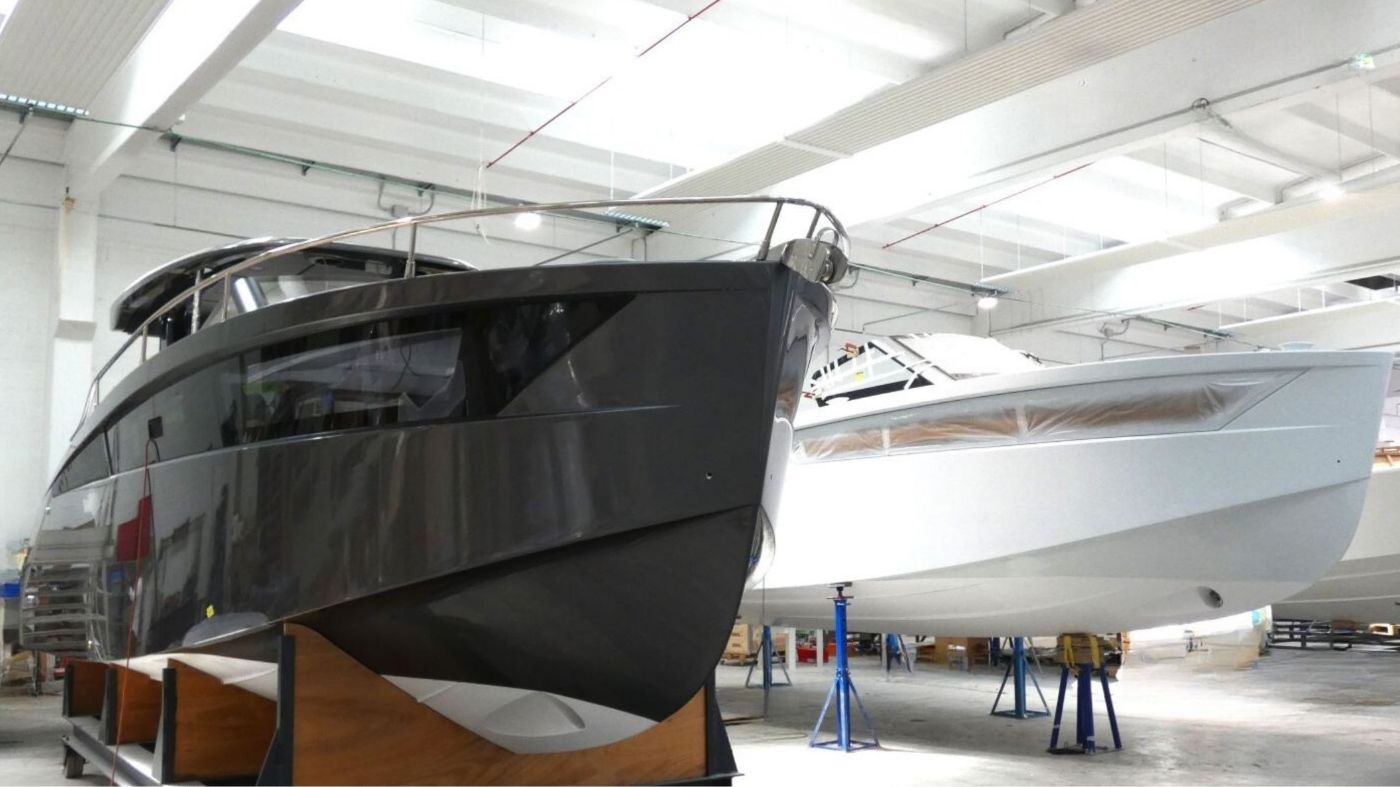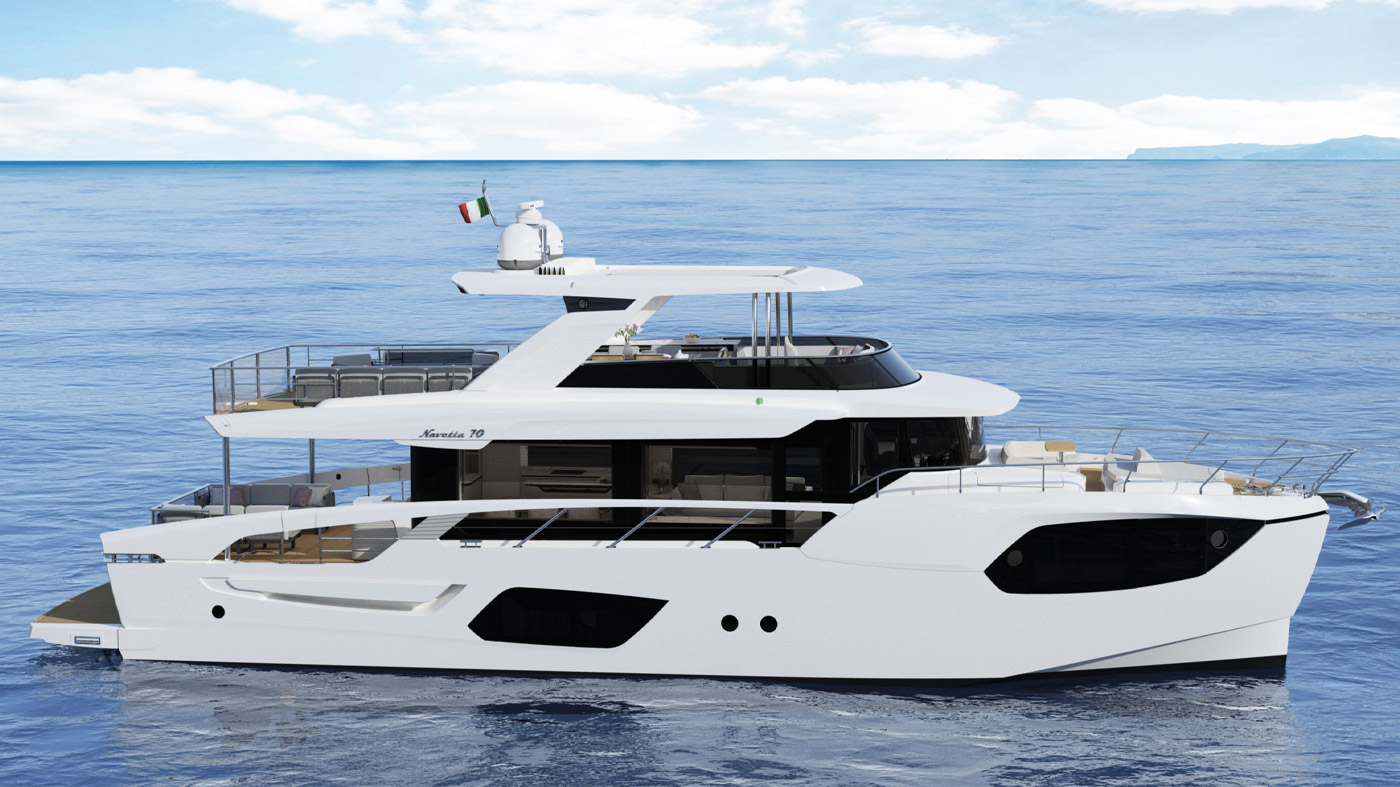Stiamo entrando nel pieno della stagione delle traversata atlantica: l’ARC parte tra meno di un mese, e le barche che hanno deciso di affrontare l’oceano si stanno tutte spostando verso Ovest-Sud Ovest, più precisamente alle Canarie, da dove la maggior parte salperanno tra la fine di novembre e gennaio. Stiamo parlando di un lungo viaggio, per le barche che partono dal Mediterraneo, fatto di tratte molto diverse tra loro, dal punto di vista della navigazione. Prima di lasciarsi trasportare dal caldo Aliseo di cui tutti favoleggiano, infatti, bisogna arrivare ad acchiapparlo…
Il Mediterraneo può essere un mare molto impegnativo da navigare: il vento è solitamente sinonimo di perturbazione, e l’onda molto più cattiva di quella dell’oceano, corta e ripida. E con le rotte più o meno obbligate, mare e vento contro spesso significano motore finchè è possibile, e poi riparo in porto in attesa di una finestra meteo migliore…
Si tende quindi ad uscire da Gibilterra appena possibile, non più tardi della prima metà di novembre, o quanto meno a provarci… Lo Stretto di Gibilterra infatti non è una passeggiata. Se siete imbarcati come equipaggio potete godervi il fascino immutato dell’uscita dalle Colonne d’Ercole, magari al tramonto, la Spagna a dritta, la Rocca che si staglia imponente, e l’Africa a sinistra, vicinissima e profumata.
Ma se siete il comandante dovete passare il vostro tempo a controllare meteo, maree e traffico marittimo. La strozzatura creata dallo Stretto provoca un effetto Venturi che trasforma facilmente 5 nodi di vento da Ponente fuori in oceano in 15 nodi nella parte interna, e anche se ve ne venisse voglia non potreste neppure bordeggiare, perché la parte centrale dello stretto è riservata al traffico commerciale (grandi navi con difficoltà di manovra). Se ci si mette anche la corrente contraria l’unica cosa saggia da fare è aspettare.
Prendetevi dunque un po’ di tempo in più, perché potrebbe servirvi per uscire dal Mediterraneo. Una volta in oceano, la rotta classica porta sulle Canarie. Ma anche in questa tratta i venti non sono ancora necessariamente ne’ costanti ne’ portanti. A meno che non abbiate la fortuna di trovare l’Aliseo portoghese, un vesto fresco da Nord che è semplicemente una meraviglia per scendere giù lungo il Marocco, potete aspettarvi più o meno di tutto: Sud Ovest, Nord Ovest, pioggia, clima fresco, sole caldo… Una navigazione breve (meno di 1.000 miglia), ma che può essere impegnativa. Dovrete sfoderare tutte le vostre doti di navigatori e routier per sfruttare il vento: non esagerare con i bordi verso Ovest per non allungare troppo la rotta, ma nemmeno verso terra dove oltre alla costa rischiate di incontrare numerossisimi pescherecci.
Anche se non sarete fortunati e vi toccherà faticare, però, avrete assaporato l’oceano, e la vostra vita di velisti non sarà mai più la stessa.










